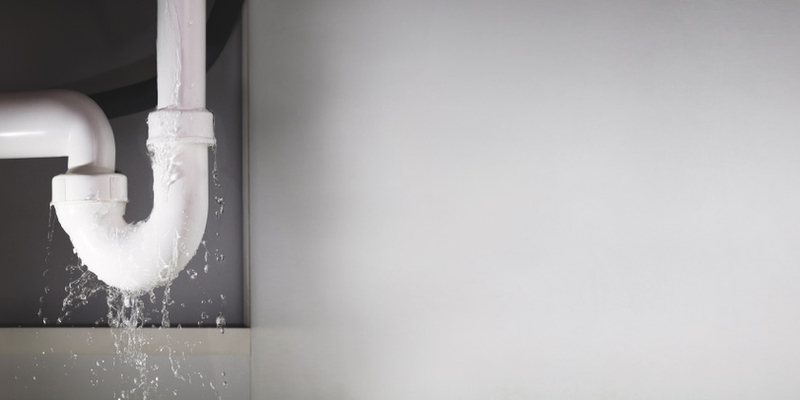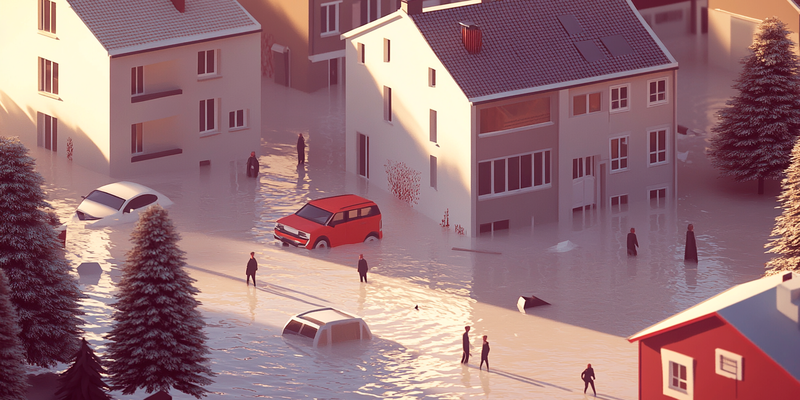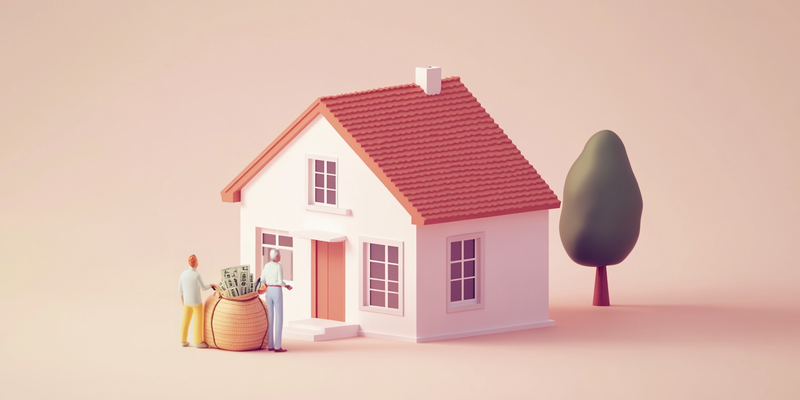
If you are not redirected within 30 seconds, please click here to continue.
Samedi: 10h – 16h HAE

If you are not redirected within 30 seconds, please click here to continue.
If you are not redirected within 30 seconds, please click here to continue.
Four in 10 Canadian Homeowners Lack Savings for an Unexpected Expense: Survey

- At least one home on every single residential block in Canada is owned by a person (or persons) spending at least two-thirds of their take-home pay on its carrying costs.
- Nearly one in 10 Canadian homeowners (8%) would have no way of covering an unexpected $4,000 expense, not even by taking on more debt!
- For the 10% of Canadian homeowners who would have to put an expected $4,000 expense on their credit card, there are easy ways to avoid the double-digit interest.
Record-high real estate values are not stopping Canadians from buying houses, though a new survey suggests ballooning home prices are making it harder for Canadian homeowners to afford the costs of keeping their homes.
According to the results of a Leger survey conducted in mid-June 2021 on behalf of Rates.ca and BNN Bloomberg, at least one household on every residential block in the country (4% or about one in 25) is putting more than two-thirds of their net income towards their home’s carrying costs. Roughly one in eight Canadian homeowners (13%) are spending more than half of their take-home pay on carrying costs, including mortgage payments, property taxes, insurance and utilities (think of it as the homeowner equivalent of all-inclusive rent).
One in six homeowners spend at least half their income on housing
For context, consider this example: Two people own a home together. Each earns $58,000 per year, equating to a combined net income (i.e. after taxes and deductions) of roughly $6,000 per month. Take away two-thirds (about $4,000) for home carrying costs, and that leaves those two people with $2,000 per month – or $1,000 each – to cover every single other expense they might have that month. Groceries, clothing, transportation, gifts, travel and even other staple expenses like internet and cellphone bills would fall into that category.
That is the financial reality for one in every 25 Canadian homeowners. And the 13% of homeowners putting at least half of their household net income towards carrying costs are not faring much better. Using the same math from the example above only increases the “every single other expense” budget to $3,000 or $1,500 each. In total, 17% of Canadian homeowners, or one in six, are putting at least half of their household income towards the carrying costs of their home.
While that is an improvement, it hardly allows for responsible financial practices like saving a portion of their income for an unexpected expense (though really, you should expect your furnace to break, or your roof to leak, or something generally expensive to happen every once in a while!)
One in 12 homeowners could not afford to fix a broken furnace
That helps explain why the survey found nearly one in three Canadian homeowners (31%) would have to borrow money to cover an unexpected $4,000 expense such as fixing a broken furnace or replacing a major appliance. Roughly half of that group (17% of all homeowners) would use a line of credit, one-third (10% of all homeowners) would use a credit card, and the remainder (4%) would borrow from a friend or family member or would use alternative financing.
Most Canadian homeowners (61%) would cover that sort of expense with their existing savings. However, a surprisingly large minority of homeowners – roughly 8% or one in 12 – would have no savings or borrowing options to cover a $4,000 bill.
That equates to at least two homes on every residential block in Canada owned by a person (or people) already so financially stretched as to lack access to $4,000 in credit/debt.

Solutions for homeowners stuck with a problem they cannot afford to fix
Typically, home insurance policies in Canada do not include coverage for basic home maintenance issues. While some providers offer supplementary breakdown coverages that might reimburse costs related to repairing or replacing major appliances, policyholders rarely purchase those options.
For the one in 10 Canadian homeowners who said they would need to put an unexpected $4,000 expense on their credit cards, here are a couple of tips to consider:
- Some cards offer installment plans for large purchases, allowing buyers to avoid paying interest rates in the double digits for carrying a large balance.
- Another option would be a balance transfer, which involves moving an existing credit card balance to another card with a much lower interest rate (for a 1-2% one-time fee). Introductory balance transfer rates typically last anywhere from three to 10 months and exclude new purchases made to the card.
Then there are the one in 12 Canadian homeowners (8%) who said they would have no way of covering an unexpected $4,000 expense. For them, it could (and hopefully is) just a matter of calling (or text, email, IM or whatever the kids do these days) their bank or credit card provider and seeing what options are available. While a credit card limit increase may be a quick solution, options like a new line of credit can take more time and are worth considering as a safety net.
While taking on additional debt is not necessarily smart financial practice, it can still be a good option; provided you pay attention to the interest rate and make a plan to cover the payments. Ultimately, that is still likely preferable to living through a Canadian winter without a functioning furnace.
About the survey
1,542 Canadians were surveyed between June 18-20, 2021, using Leger’s online panel. No margin of error can be associated with a non-probability sample (i.e. a web panel in this case). For comparative purposes, a probably sample of 1,542 respondents would have a margin of error of +/-2.5%, 19 times out of 20.
Don't waste time calling around for home insurance
Use Rates.ca to shop around and compare multiple quotes at the same time.
Finding the best home insurance coverage has never been so easy!
Get money-saving tips in your inbox.
Stay on top of personal finance tips from our money experts!









